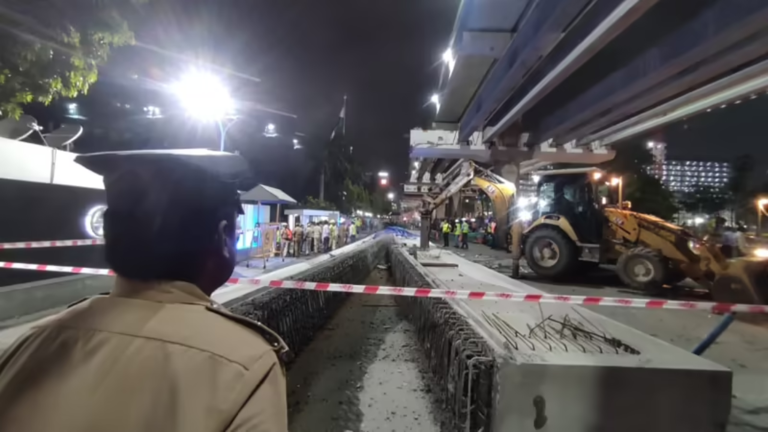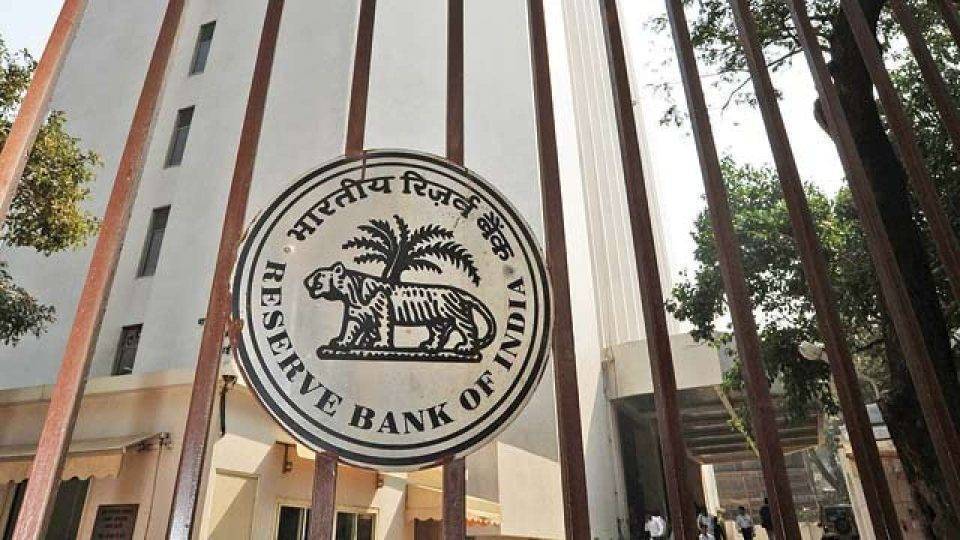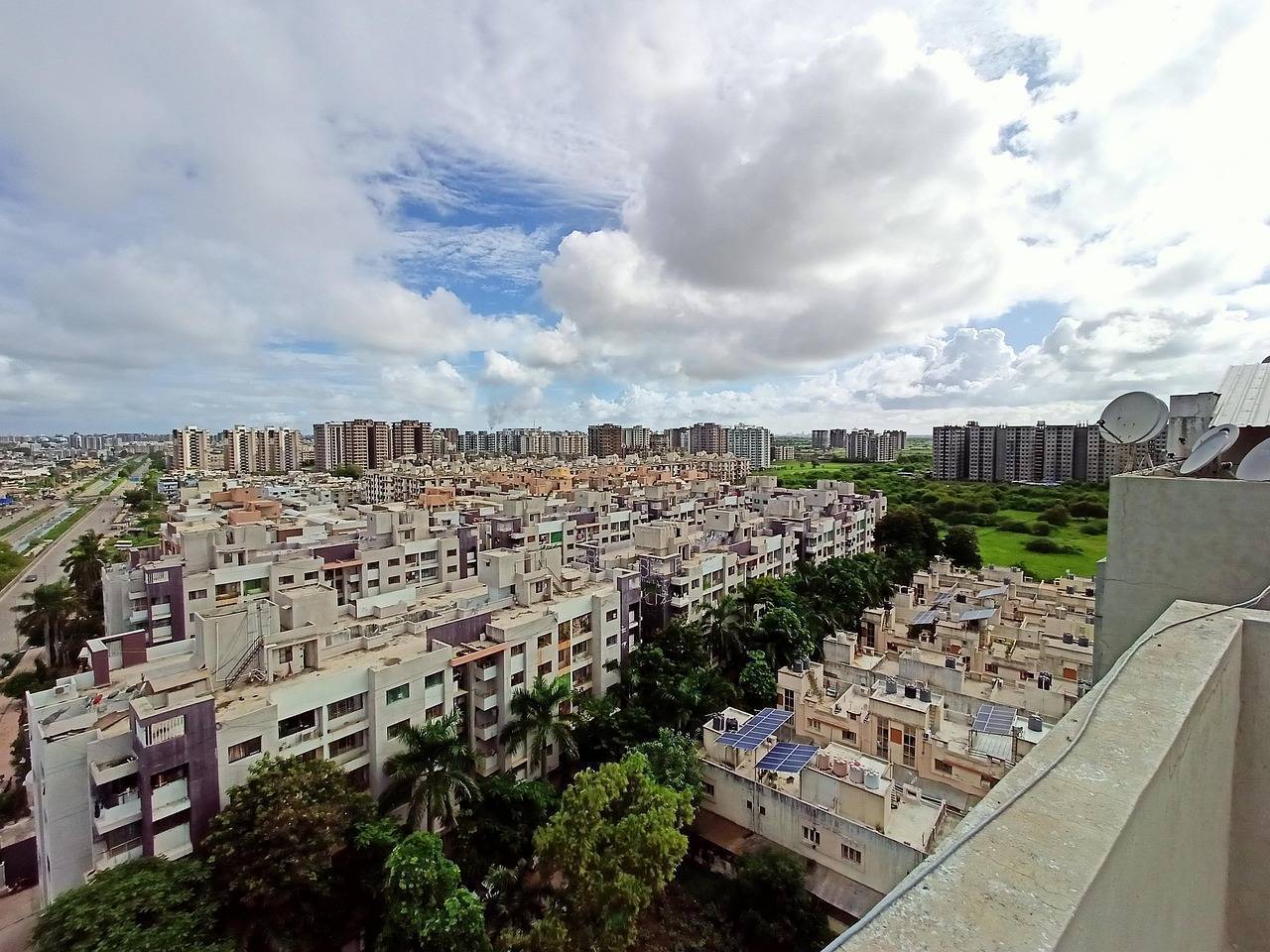Tier 2 Cities Outshine Metros in Real Estate Appreciation: Magicbricks Report
Real estate in Tier 2 cities across India is witnessing a significant upward trend in capital appreciation, outpacing the growth rates of their Tier 1 counterparts, as revealed in the latest analysis by Magicbricks, one of India's leading real estate platforms. This shift marks a transformative period in the real estate landscape, with Tier 2 cities emerging as vibrant, growth-oriented hubs. The underlying factors driving this growth are extensive infrastructure development, increasing affordability, and a surge in demand for both residential and investment properties. The northern region of India is particularly experiencing a pronounced surge in the performance of Tier 2 cities, making them more attractive to homebuyers and investors alike.
The Surge in Capital Appreciation
According to the findings of Magicbricks, the average capital appreciation in Tier 2 cities has reached 17.6%, significantly outpacing the 15.7% capital appreciation observed in Delhi. This data highlights the shifting focus of investors towards Tier 2 cities, where the potential for returns appears more robust, particularly when compared to the more saturated Tier 1 markets. The performance of these cities has been exceptional, with Kanpur leading the charge with an impressive 24.53% Year-on-Year (YoY) capital appreciation, followed closely by Lucknow at 22.61%. Both of these cities have outperformed Delhi in terms of capital growth, reflecting the strong demand for real estate in these rapidly developing areas.
Tier 2 cities like Kanpur and Lucknow are gaining recognition for their significant market potential, as they offer attractive opportunities for both residential and commercial real estate investments. Other cities such as Dehradun, Jaipur, and Patna have also seen substantial growth in their real estate markets. The average price per square foot in cities like Lucknow (Rs 6,394 psf), Kanpur (Rs 6,986 psf), Dehradun (Rs 5,653 psf), and Jaipur (Rs 5,654 psf) is significantly lower than Delhi's average price of Rs 18,618 psf, offering more affordable entry points for investors and homebuyers.
These cities, while still more affordable, are not only attracting local investors but are also drawing attention from people in Tier 1 cities looking for more cost-effective alternatives. With lower prices, buyers are increasingly seeing these cities as viable options that offer good returns without the high upfront costs typically associated with Tier 1 urban areas.
Northern India: A Hotbed of Growth
The northern region of India has seen Tier 2 cities transition from being considered secondary markets to becoming prime investment destinations. The expansion of key infrastructure projects, including improved road connectivity, metro systems, and upcoming airports, is making these cities more accessible and attractive for investors. This shift is particularly evident in cities like Kanpur and Lucknow, where infrastructure improvements are providing significant momentum for real estate growth.
Prasun Kumar, Chief Marketing Officer of Magicbricks, highlighted that Tier 2 cities in North India are undergoing a significant transformation, evolving from secondary markets to prime investment destinations. This shift is primarily driven by the ongoing expansion of infrastructure, the increasing availability of modern housing, and a surge in demand from young professionals and first-time buyers. As infrastructure continues to improve, these cities are poised for further growth in both capital appreciation and real estate demand. This evolution reflects a broader trend where Tier 2 cities are no longer considered affordable alternatives but are emerging as robust hubs for investment and development.
Western India: Goa Leads the Pack
In Western India, Tier 2 cities are also showing remarkable growth. Goa, in particular, has emerged as a frontrunner, recording an extraordinary 66.37% YoY capital appreciation. The average price per square foot in Goa has reached Rs 13,290, far below the cost in Mumbai, which stands at Rs 28,921 per square foot. This sharp increase in Goa’s real estate market is driven by growing demand for second homes, rental yields, and investments tied to tourism. Goa's performance is a reflection of the increasing interest in second-home markets, where buyers are looking for vacation homes or properties for short-term rental purposes.
The sharp rise in property prices in Goa underscores the growing appeal of Tier 2 cities in Western India. These cities are providing new opportunities for both local and out-of-state investors who are seeking profitable real estate options outside of major metros. As the demand for second homes continues to rise, these cities are becoming key players in the real estate market, offering competitive returns for those willing to invest in less saturated markets.
Eastern and Southern India: Emerging Markets
In Eastern India, Tier 2 cities have posted an average capital appreciation of 14.63%. Patna, the capital of Bihar, has emerged as one of the region's high-growth markets, with a 15.12% YoY increase in capital appreciation. The city is gradually shedding its image as a less developed market, making way for new residential and commercial real estate projects. With ongoing improvements in infrastructure, particularly in road networks and urban planning, Patna is quickly becoming a more attractive option for real estate investment.
In Southern India, Kochi is leading the charge among Tier 2 cities, having posted a 16.55% capital appreciation. Kochi has significantly outpaced Chennai, which saw a 11.9% increase in property prices. Kochi's growing prominence as an investment destination can be attributed to expanding infrastructure, increased demand for residential properties, and a growing presence of businesses in the city. As more people from other parts of India and abroad look to settle in Kochi, the real estate market is expected to continue thriving.
The Drivers of Growth in Tier 2 Cities
Several factors are contributing to the growth of Tier 2 cities. Expanding infrastructure, including new highways, metro projects, and improved connectivity to larger cities, is making these areas more accessible. With better roads and transportation links, these cities are becoming more attractive to buyers and investors, who see them as offering better value for money compared to Tier 1 cities.
Affordability plays a key role as well. The lower cost of real estate in Tier 2 cities provides an appealing option for first-time homebuyers and investors who may not have the budget for properties in major metropolitan areas. As Tier 2 cities become more developed and modernized, property values rise, offering the potential for significant returns on investment.
Rising demand from young professionals, expanding business opportunities, and a steady increase in second-home and rental yield investments are also contributing factors driving this growth. As more young people migrate to these cities for better job opportunities and an improved quality of life, the demand for housing continues to grow.
The Future of Tier 2 Cities
Tier 2 cities in India are rapidly emerging as prime real estate investment destinations. With increasing capital appreciation, expanding infrastructure, and rising demand from homebuyers and investors, these cities are set to play a major role in India’s real estate growth over the next decade. Investors looking for high returns and long-term growth opportunities should look to these cities as a compelling alternative to the more saturated Tier 1 markets. As these cities continue to develop, they will increasingly become key players in shaping India’s real estate future.











